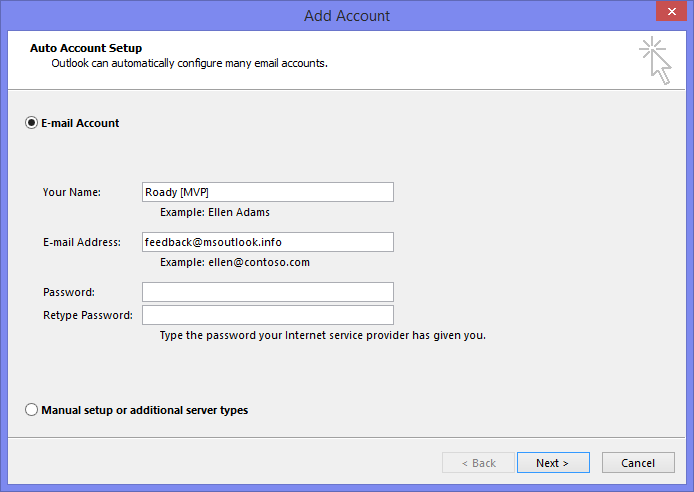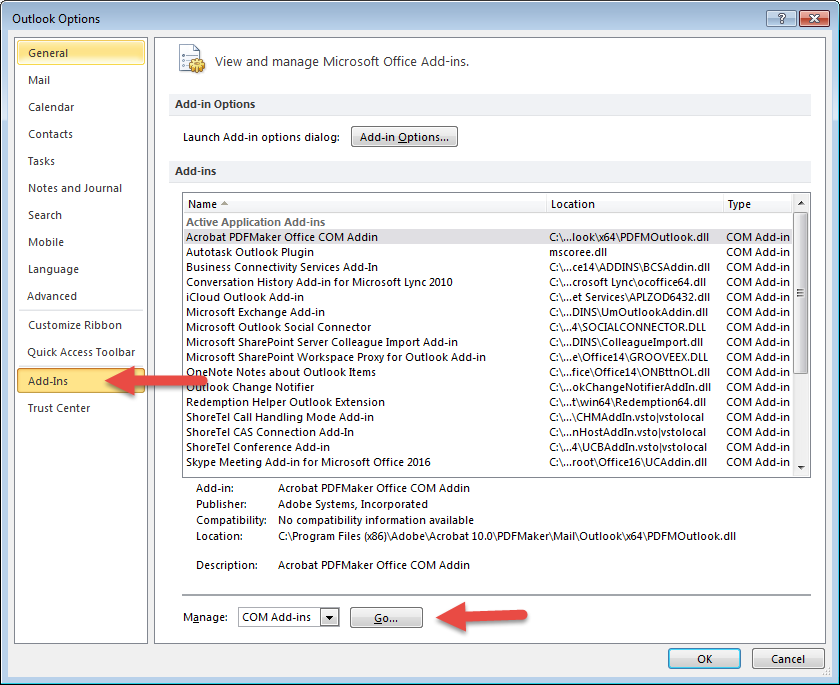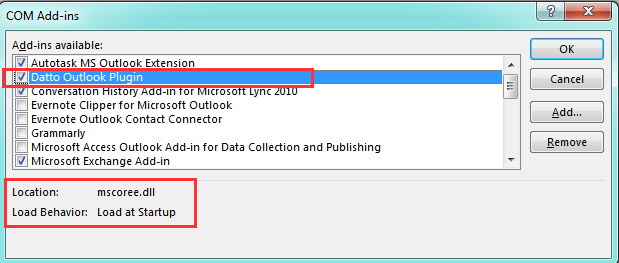
Once this is complete, re-open your Add-ins menu and follow the steps for manually enabling the plugin once more.

If using a per-machine version of the OLP, you can locate the Plugin files at C:\Program Files (or x86)\Citrix.Navigate to C:\Users\ \AppData\Local\Citrix\Citrix Files for Outlook and select . If you are running a 64-bit version of Outlook, select.After removing or if the Citrix Files for Outlook does not appear on the list, click Add….If the box was already checked or if the authentication did not start automatically, select the Citrix Files for Outlook and click the Remove button.If the plugin authentication does not start automatically, continue to the next steps. On the COM Add-Ins screen, check the box next to the Citrix Files for Outlook if it is not done so already.Click Add-ins, then Go… next to Manage COM Add-ins.If the add-in is included on the list, select it and click Enable. From the Manage drop-down menu, choose Disabled Items and click Go. Microsoft Outlook 2010, 2013, 2016 users: Choose File, Options from the top menu and go to the Add-Ins tab. It includes Classic Menu for Word, Excel, PowerPoint, Access and Outlook 2007. If the add-in is included on the list, select it and click Enable. It includes Classic Menu for Word, Excel, PowerPoint, Access, Outlook, OneNote, Publisher, InfoPath, Visio and Project 2010, 2013, 2016, 2019 and 365. 3).īrings the familiar classic menus and toolbars back to Microsoft Office 2007, 2010, 2013, 2016, 2019 and 365, helps users get through the transition from Office 2003 (or 2002, 2000) to Office 2007, 2010 or 2013, and saves your money and energy on training if you are upgrading your Office. After clicking the Properties button in the middle section, it shows the Message Options dialog box. Did you check the registry key HKLM\Software\Microsoft\Office\Outlook\Addins \ your com addin progid, LoadBehavior 3 (if it was 2, then change it back to 3 and launch outlook), If its not here, then try it on HKEYCurrentUser and also check it under HKLM\Software\Wow6432Node\Microsoft\Office\Outlook\Addins\.Click the File tab, and get into Outlook's backstage view.There is another method to find out the Message Options command in Outlook 2007, 2010, 2013, 2016, 2019 and 365 without Classic Menu.

Cannot enable add in outlook 2010 64 Bit#
Outlook version Outlook 2010 64 bit Email Account IMAP 1 I have just downloaded and installed CalDavSynchronizer on Windows 7 and Outlook 2010. Method 3: Find out Message Options in Outlook 2007/2010/2013/2016/2019 Backstage view Thread starter Mark Foley Start date Tags add-ins enable Status Not open for further replies.

After clicking the button at the lower-right corner, it shows the Message Options dialog box.Select Addin: newforma outlook add-in (), as shown here, and then click Enable. Select Disabled Items from the Manage drop-down list at the bottom of the dialog box and click Go to open the Disabled Items dialog box, shown below. Go to the Tags group under Message tab Select Add-Ins from the list to access Add-In Options.If you do not have Classic Menu for Office, this method will guide you to find out the Message Options command in Outlook 2007/2010/2013's Ribbon. Classic Menu makes it possible for you to work in Outlook 2007, 2010, 2013, 2016, 2019 and 365 as they ware Outlook 2003. 1: Message Options with Classic Menu for OfficeĬlassic Menu for Office is designed to restore Office 2003's old menus and toolbars in Microsoft Office 2007/2010/2013. Then you will see the Message Option item in the drop down list.

If you have Classic Menu for Office installed, you can find out the Message Options command with the same way that you did in Outlook 2003. Method 1: Easily find out Message Options with Classic Menu


 0 kommentar(er)
0 kommentar(er)
